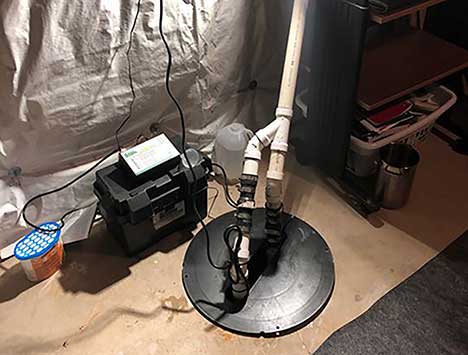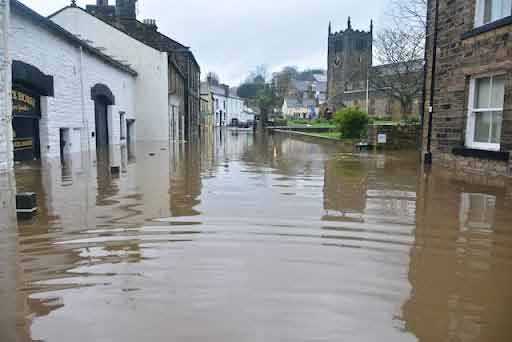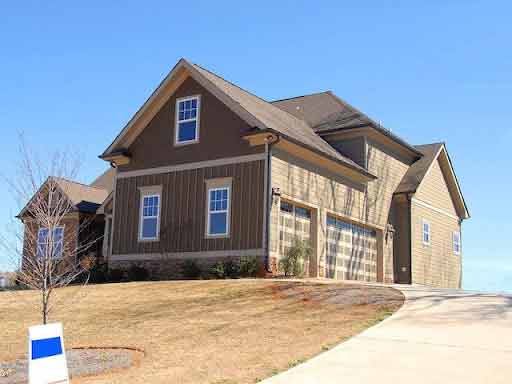Basement waterproofing in Chicago is an important task for homeowners and businesses alike. With the city’s propensity for flooding and heavy rains, basement waterproofing can be the difference between a costly repair and an expensive disaster. Basement waterproofing involves many techniques, from the installation of sump pumps and drainage systems to the installation of waterproofing membranes and coatings. While the cost of basement waterproofing in Chicago can vary based on the specific needs of the homeowner or business, taking the time to waterproof the basement can help protect against water damage and mold growth in the long run.
Basement waterproofing in Chicago is also important to keep in mind when it comes to property values. A basement that is dry and free of water damage is more attractive to potential buyers and can increase the value of the property. Additionally, a dry basement is also beneficial to the homeowner or business, as it can help reduce energy costs and provide an additional space for storage or activities.
Basement Waterproofing Solutions in Chicago
When it comes to basement waterproofing in Chicago, there are a variety of different solutions available. The first solution is to install a sump pump, which is designed to pump out water that accumulates in the basement. Sump pumps can be installed either in the basement itself or in the exterior of the building. This solution is best for basements that are prone to flooding, as the pump can quickly remove any water that is present.
Another common solution for basement waterproofing in Chicago is to install a waterproofing membrane. This type of membrane is designed to prevent water from seeping through the walls and floors of the basement, while still allowing the basement to breathe. This is an ideal solution for basements that are prone to moisture, as the membrane will help to keep the basement dry and free of mold.
Finally, basement waterproofing in Chicago can also include the installation of coatings. These coatings are designed to create a waterproof barrier between the walls and floors of the basement, preventing water from entering the basement and causing damage. These coatings are often applied to the basement walls and floors, as well as other areas of the basement, such as the ceiling and stairwells.
Flood Prevention Systems in Chicago
In addition to basement waterproofing in Chicago, there are also a number of other flood prevention measures that can be taken. One of the most important of these measures is to keep gutters and downspouts clean and free of debris. Clogged gutters can cause water to back up into the basement, leading to flooding and other water damage. It is also important to regularly inspect the foundation of the building, as cracks or other structural damage can also lead to water seeping into the basement.
Additionally, homeowners and businesses in Chicago should also consider investing in flood insurance. Flood insurance can help cover the costs associated with flooding, including repairs and replacements of damaged property. It is important to note that flood insurance policies typically do not cover basement flooding, so it is important to check with your insurance provider to find out what type of coverage is available.
Finally, it is always important to take precautions to protect the basement from flooding. This can include making sure that windows and doors are properly sealed and that any open drains are covered. Additionally, it is important to keep the basement dry and well-ventilated, as excessive moisture can lead to mold and mildew growth. By taking these proactive steps, homeowners in Chicago can help prevent their basement from becoming flooded.



